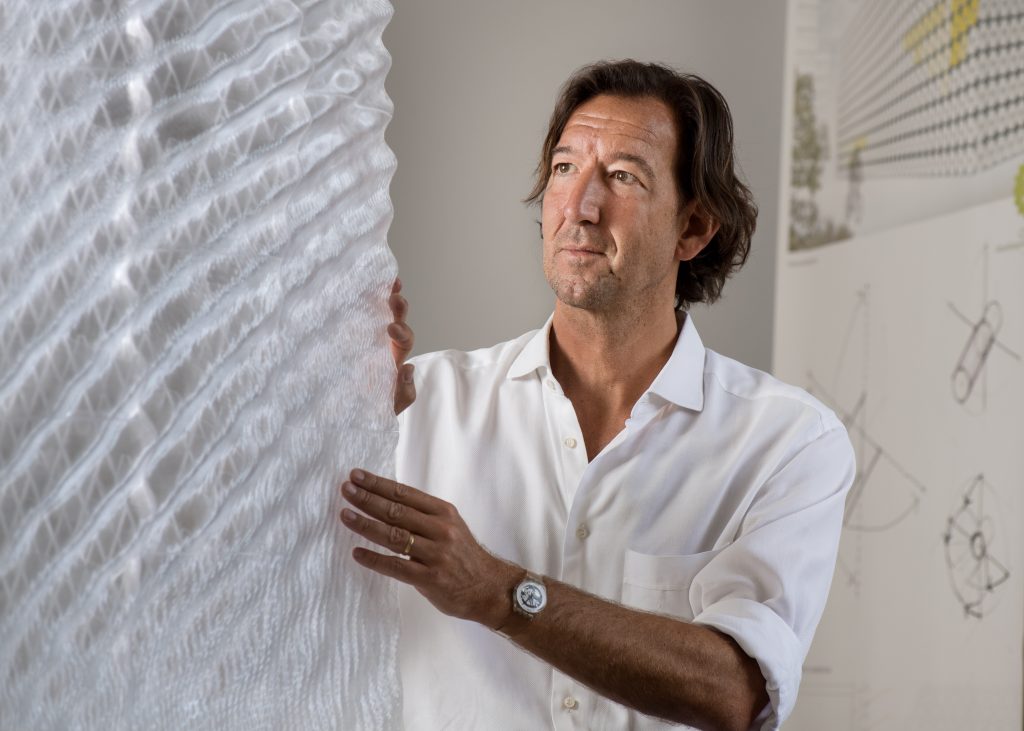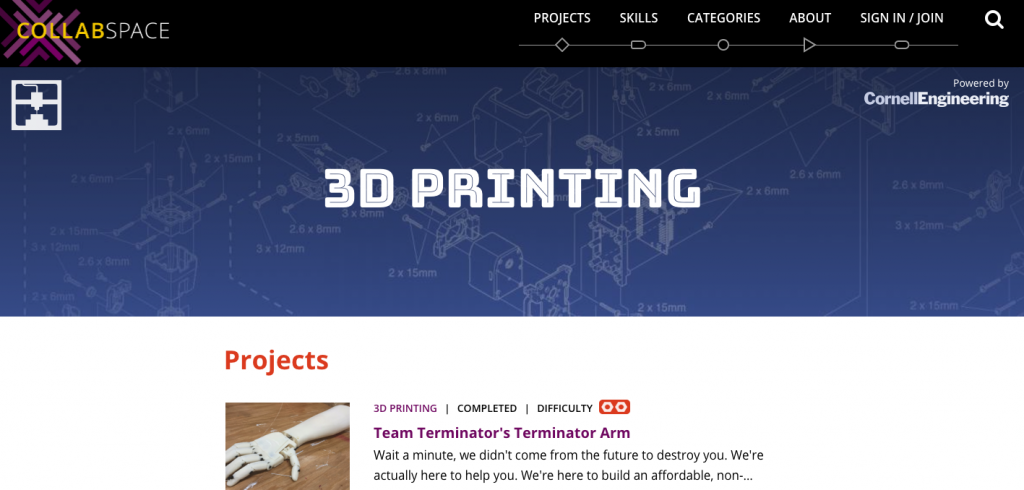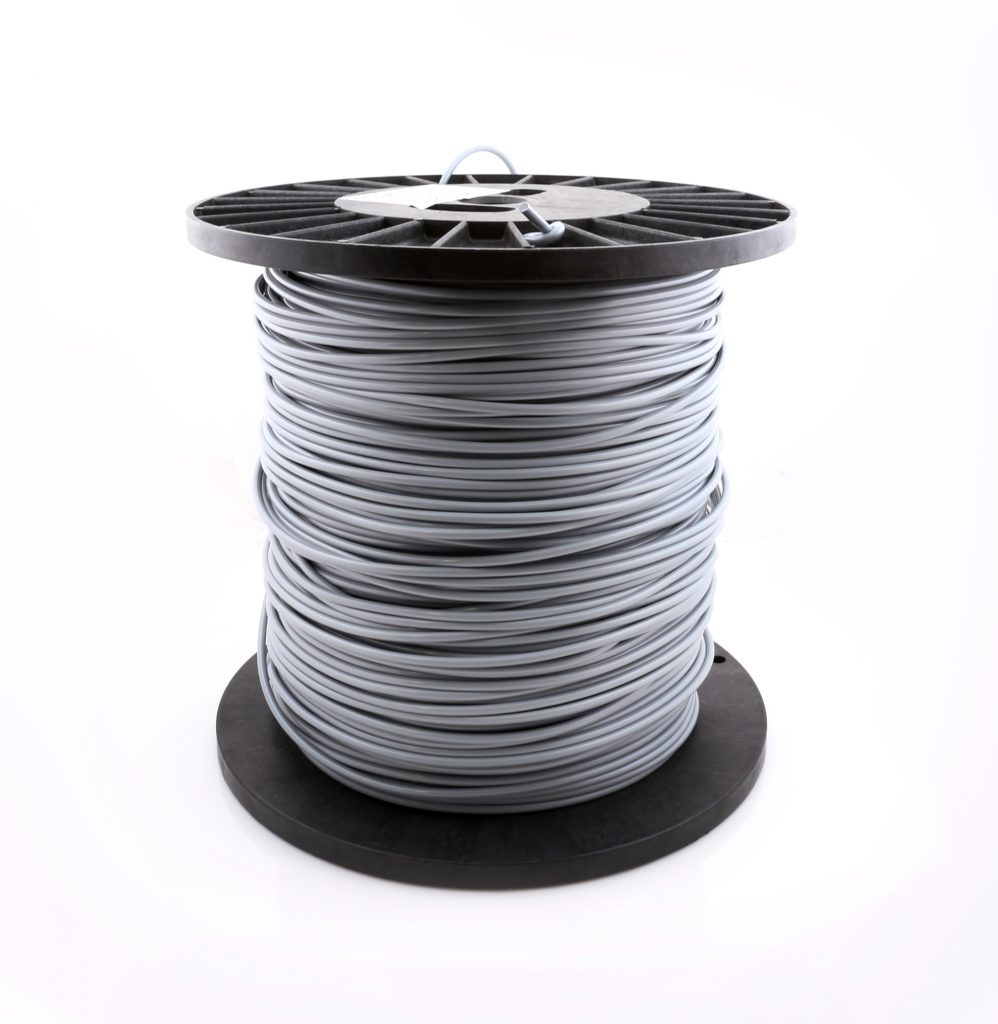In this 3D printing news digest, we have updates from The Technical University of Munich, Pôle-Ergo, OESH Shoes, Danish Technological Institute, Cornell University, SolidProfessor, German RepRap, Evo-Tech, Verbatim and BioPierce Canada.
3D Design waves, raspberries, shoes and arches
Moritz Mungenast and his team at the Technical University of Munich have developed 3D printed translucent low-tech building façade, with the project title “Fluid Morphology”. The sample polycarbonate structure uses a distinctive wave design with embedded tubes to optimise insulation, ventilation, and even acoustics. The 60 x 100cm sample will now be tested under realistic conditions in TUM’s Solar Station to establish the material’s resistance to UV and temperature.

Raspberry Pi, the DIY computer kit has been used by French designer Guy Ehretsmann as part of his designs for a mini 3D printed computer. The “Raspberry UMPC” and Nano Pi2 devices, available on Thingiverse can be completed by 3D printing the external housing of the computer and adding some additional widely available components.
OESH shoes, an orthotic footwear company based in Charlottesville, Virginia, has been awarded a phase II grant from the US National Science Foundation to accelerate development. The patent pending footwear designs are the result of research into gait and biomechanics. A pellet-based 3D printing process will be used to produce the shoes from a complex blend of engineered elastomer materials.
In Denmark, a 3D printed dome structure has been officially unveiled in the coastal city of Aarhus. The structure was a collaboration between Kim Utzon Architects, the Danish Technological institute, and the Nordic Construction company. The dome represents a test run of the on-site tensioning of materials, which could pave the way for increased use of 3D printing technology in construction.
3D printing education, education, education

The Engineering department of Cornell University has launched an online maker space for students between the ages of 11 and 18, with a dedicated section for 3D printing projects. The CollabSpace lets users post creations, interact with others and obtain advice from Cornell staff and alumni.
Two new online 3D printing courses have been launched by learning tool provider SolidProfessor. “Introduction to 3D Printing”, and “3D Printing with MakerBot” will guide users on how to combine 3D printing with their current 3D CAD skills. SolidProfessor’s Jason Wright commented: “we believe that 3D Printing is an important component of the future of the computer-aided design industry”.
3D printing materials and hardware developments
Munich-based German RepRap is introducing the “X400 v4 3D printer” for the fabrication of larger objects and for low volume production of industrial parts. The machine runs on Simplify3D software, and notably features automatic bed levelling.
Filament Metal printing is a new metal 3D printing process pioneered by Austrian company EVO-tech. The new process mixes metal powder with polymer for extruding filament in their EVO-lizer 3D printer. After the binding is removed, the resultant object is then laser-sintere, reducing it in size and volume.
Verbatim’s new Primalloy Black filament, a variation of its three year old Primalloy filament has been launched. The thermoplastic ester elastomer material makes it particularly flexible suitable for outdoor use.

North Carolina-based Makeshaper has teamed up with 3D platform to produce a new 6mm filament. Jonathan Schroeder, President of 3D Platform says that “when it comes to faster printing, the true limiting factor of throughput is the melting of the filament”.
BioPierce Canada is developing a biodegradable and bio-compatible sleeves designed to reduce the risk of infection from body piercing. The Inspired by the technology used in cardiac stents, the design also releases antiseptic microbeads as it biodegrades. 3D printing the sleeves means they are adaptable according to piercing. According to Ali Ahmadi, a project lead on BioPierce’s partner Mitacs, “the idea is to print on-demand according to exact specifications of the piercing instrument”.
Subscribe to our 3D printing industry newsletter for more updates. We are also active on Facebook and Twitter.
Featured image shows TUM’s translucent building material. Photo via Technical University of Munich.


